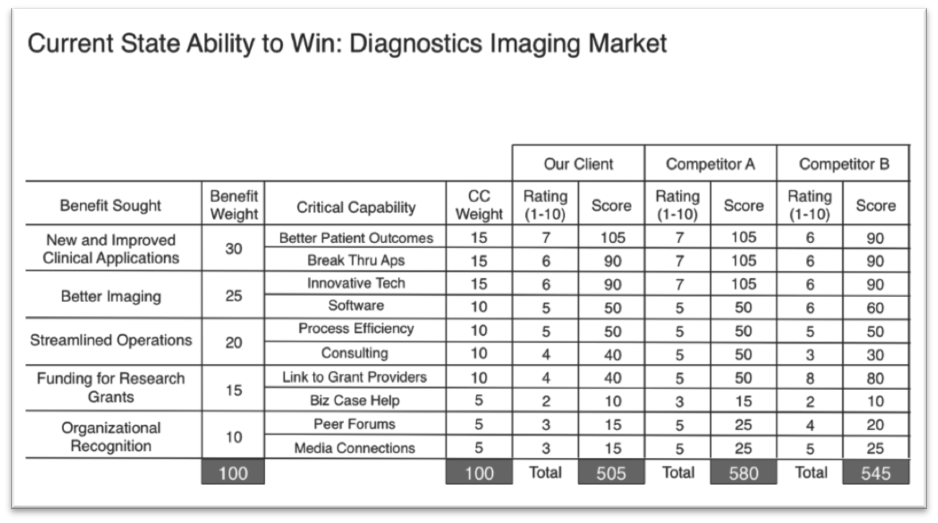According to Marketing Week, when it comes to the famous 4Ps of marketing — product, place, promotion and price –there are two “camps.” Some believe that the 4Ps are the foundation upon which all great marketing is built. Others claim that the 4Ps “represent dusty old concepts that have failed to update to the modern, digital age.”
Can they both be right? We think so. In our view the 4Ps are still useful — if they are developed in the context of the aforementioned “modern, digital age.” We call it (4P)D , signifying that we are raising the traditional 4Ps to a digital power.
.Here’s just a few examples of what we mean:
Product: Developing physical products in a digital age means that marketers have to think through much more than they used to. If their product is now “smart”, marketers must answer questions like “what data generated by the product will be useful to users?” and “can I link to other complementary products/apps?”. Developing applications — or feeding into complementary ecosystem apps (think about being a home Air Conditioner manufacturer feeding into a Smart Home app) — always has to be considered in product development today.
Place: Place strategy is still about deciding where to make your product available, and who is going to sell it. In the past, when information flows were limited, place strategy was about going directly to a main information source. For example, in specialty pharmaceuticals, place strategy used to be focused almost exclusively on reaching the prescribing doctor. What’s changed? Information flows are enabling end-users to educate themselves and have a say-so in product choice. In our example, many specialty drug patients now have a brand in mind when they show up at the doctors office. In other words, companies must consider a “pull-through” end-user place strategy in addition to their traditional “push” approach.
Promotion: In the old world of one-way dialogue, promotion was all about shouting louder and positioning more uniquely than the competition. Now that a company’s customers can easily interact with each other, its all about being trustworthy, reference-able and caring. The biggest change to promotion? Companies have to stop overtly promoting! Instead, they have to use new platforms and channels to educate potential buyers, be responsive to their concerns and complaints, and show a broader awareness beyond just selling more of their stuff.
Price: The biggest challenge to pricing used to be setting the optimal price point. But today, trends and preferences dictate that you have to consider a pricing model as well. For example, software buyers want to be able to take advantage of functionality improvements immediately, not at some arbitrary license renewal period. Thus, the Software-as-a-Service (SaaS) pricing model. Many Millenials like to “rent” assets rather than own them. Thus, subscription pricing models. So, today’s marketer has to consider a variety of different pricing models — such as subscription or “freemium” or lease models — in addition to setting an astute price.
In conclusion, we find the 4Ps to be alive and well. If they are outdated, it’s because marketers are applying them in an outdated way. Yes, there is much more to consider today in each of the four categories. But we also think these modern considerations for the 4Ps, or (4P)D, give marketers more options than ever before to find true differentiation in their overall value proposition.

 Tom Spitale
Tom Spitale